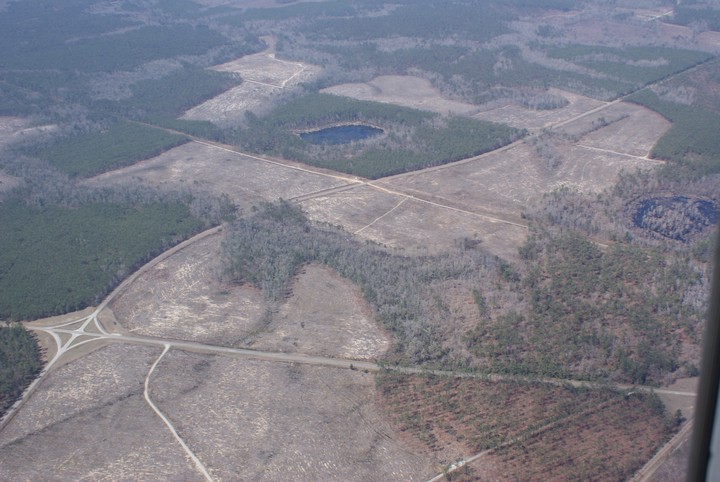Water use in a young Pinus taeda bioenergy plantation: Effect of intensive management on stand evapotranspiration

Abstract
The increasing demand for plant-derived bioenergy is projected to expand tree plantations with intensive silviculture and improved tree genetics. These silvicultural practices result in faster stand development and canopy closure, which may also influence the systems’ water dynamics. Here, we studied the evapotranspiration (ET) of a young (5 years old) intensively managed loblolly pine (Pinus taeda) stand and investigated the components of ET to determine its contribution to overall water use. We also compared ET with plantations that received less intensive management to determine whether our stand used more water. We used the eddy covariance method to estimate ecosystem-level total ET (ETEC), while plot-level estimates of ET (ETP) were obtained via soil lysimeters, sap flow sensors, and throughfall collectors, enabling measurement of the components of ET. Soil evaporation (Es) was the largest component of ETP (36%) over the course of the study, while transpiration and canopy interception accounted for 27% and 22%, respectively. Es decreased with stand development, while transpiration and canopy interception increased. Leaf area index (LAI) and precipitation were the most significant factors controlling ET and its components. Compared to previous studies in different sites that have similar age but lower LAI, our stand had higher water use. This high water use in the early stages of stand development was primarily due to high Es before the canopy was fully developed. While there are potential sources of uncertainty when comparing ETEC and the component fluxes in ETP, results from the two methods were not significantly different. This study had the advantage of using multiple methods to understand and verify the component processes that contribute to ET. Therefore, we recommend that multiple measurement techniques be used in the long-term observation of ET, and in particular for the evaluation of the impact that intensively managed forests have on water resources in the southeastern United States.